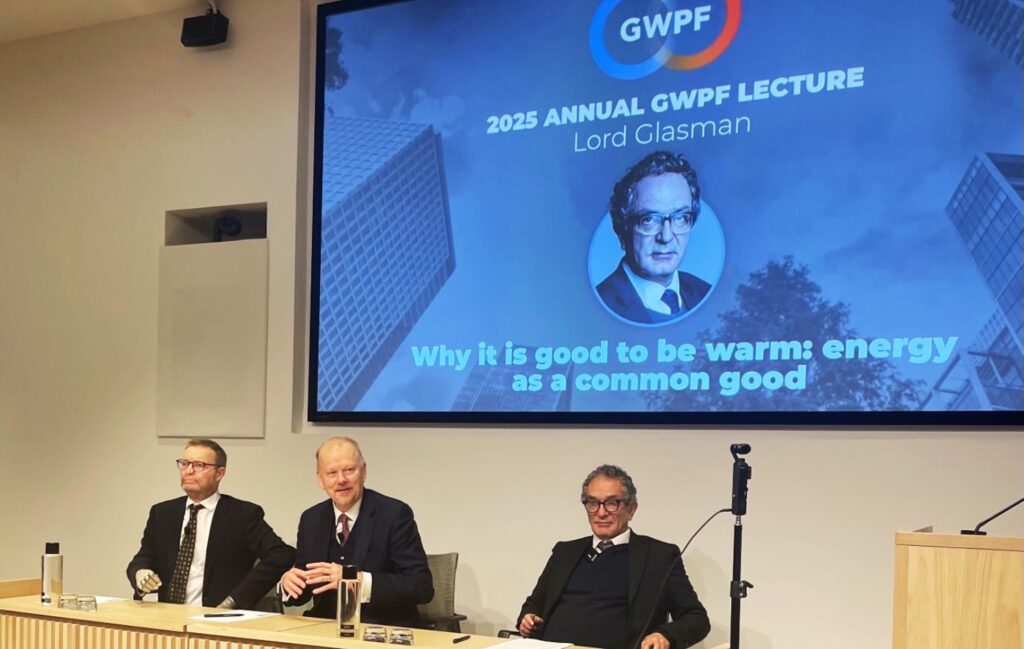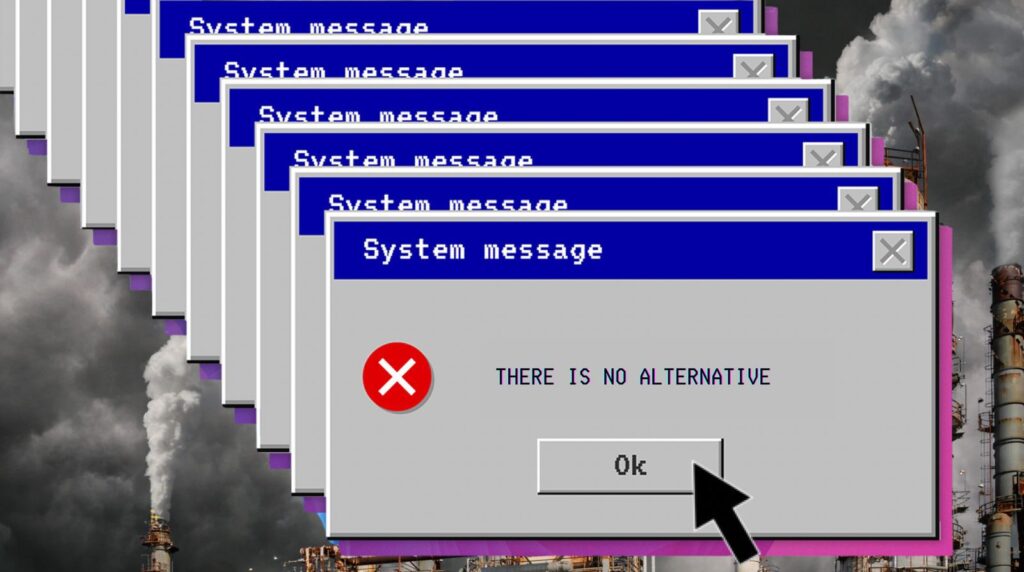As international bodies and national governments fail to do anything significant to curb the ever-rising concentration of greenhouse gases in the atmosphere, local governments are taking it upon themselves to get prepared for the perilous impacts of unmitigated climate change.
Last month, New York City Mayor Michael Bloomberg unveiled an ambitious, sprawling $20 billion dollar plan to do everything from gird the city with levees to fortifying infrastructure to hurricane-proofing buildings.
Then a group of 45 mayors from many of the nation’s largest and most vulnerable cities gathered in the nation’s capital to announce an agreement to create more climate resilient communities.
The elected officials – from Denver, Washington D.C., Kansas City, and Sacramento, to name a few – pledged “to prepare and protect their communities from the increasing disasters and disruptions fueled by climate change.” You can see the growing list of signatories, which stands at 58 as of today.
In forming this Resilient Communities for America campaign – a joint effort by the U.S. Green Building Council, ICLEI, the National League of Cities, and the World Wildlife Fund – the mayors are acknowledging the tragic reality that a certain degree of global warming is already baked-in, and that our nation’s high density urban areas are guaranteed a dangerous future of extreme weather, flooding, storm surges, blizzards and droughts.
“Local elected officials are where it happens, whether you’re a supervisor or mayor, people expect things to happen; they can’t wait for feds to show up, we’re there every day, and preparedness is our goal every single day when we get up, said Des Moines, Iowa Mayor Frank Cownie at the Monday press conference.
He continued:
In Des Moines, in 2008 we had a serious flood; named a federal disaster. We had three more 500-year floods in 2010. Last year we had a drought unlike almost anything that had happened in our region in a long time. In 2013 a year later, what happens? This season, this year, 2013, is the wettest season we’ve had in 140 years of recorded weather events. That’s important because that’s why we’re here: We have to prepare for climate change, and extreme weather is part of that.
These extreme events are becoming more prevalent across the country and we need to help, at the local level, for planning, for initiating changes, to prepare for everything. We have resources, we will continue to do it, and know that local government is where it happens, but we need all the help we can get from all levels of government, state and federal; we need to come together to have this conversion, to talk about resilience.
Washington D.C. Mayor Vincent Gray also focused on the local realities of a warmer world.
Washington is known as the city on the Potomac, but what many people do not realize is that we are a coastal city embraced by two tidal rivers, and that we are very vulnerable to rising waters.
Much of our city, and some of our most treasured sites, sit just a few feet above sea level – sea levels that are rising at an alarming rate.
Did you know that if Superstorm Sandy had followed earlier, more southern path projections, our city – your nation’s capital – was looking at a storm surge of over 20 feet?
Resilient Communities for America is more than just a pledge to sign. The campaign also encourages the sharing and spread of best practices among parties and also provides resources for resiliency planning that civic governments and urban planners can utilize to better prepare for a volatile future.
They aren’t available yet, but the RCA site is going to offer guidebooks and case studies and webinar trainings and a variety of other “technical support” for local goverments to utitlize.
It’ll be worth checking back in on the site in the coming months to see how their online platform develops, and what exact services and support local planners and elected officials can rely on.
Subscribe to our newsletter
Stay up to date with DeSmog news and alerts






